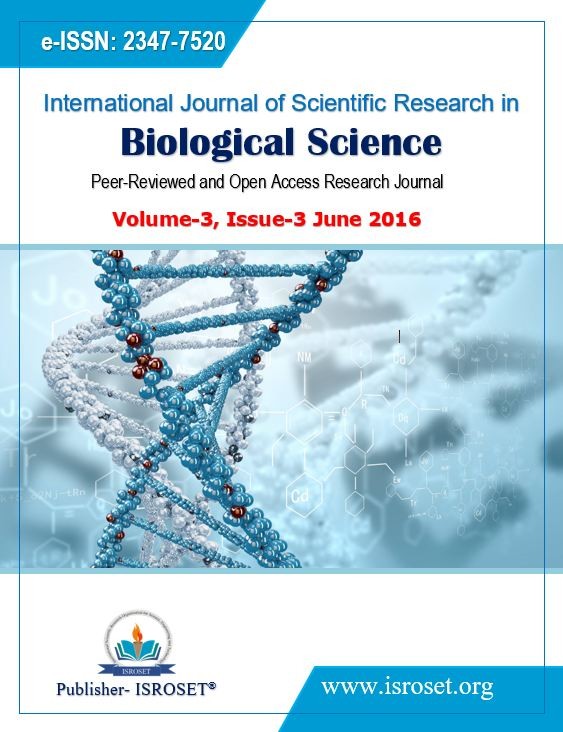Environment and Waste Material Management
Keywords:
Environment, Environment Management, Waste ManagementAbstract
Our Environment is constituted of living things and what is around them. It includes physical, chemical and other natural forces. Living things do not simply exist in their environment but they constantly interact with it. In the environment, there are interactions between plants, animals, soil, water, temperature, light, and other living and non-living things which gives rise to the production of waste materials. Environment & Waste material management is all about “generation, prevention, characterization, monitoring, treatment, handling, reuse and residual disposition of solid wastes”. Managing the waste material is ultimately lead to the management of the environment.
References
Dr. Luis F. Diaz, Mr. George M. Savage, and Ms. Linda L. Eggerth, “Solid waste management”, Volume-1, Pages 01-02, 07-08, 1996
What a waste: Solid waste management in Asia, Pages 05-06, May 1999
United Nations Environment Programme (UNEP), Division of Technology, Industry and Economics, Section 1.2.6
Environmental Planning and Coordination Organisation, “Scope of work for SWMP of Simhastha 2016 at Ujjain”.
Solid Waste Management: A Local Challenge with Global Impacts, Environmental Protection Agency.
Environmetal Science – A study of interrelationships, Unit -9
Handbook of Solid Waste Management and Waste Minimization Technologies, Pages 34–95, 2003
Thomas H. Christensen, “Solid Waste Technology & Management”, Volume-1, Section 1.1 and Section 2.1, 2011
A J Nordone, P R White, F McDougall, G Parker, A Garmendia, M Franke, Integrated Waste Management, Section 2-3.
Gary Davidson, “Waste Management Practices”, Pages 03-10, June 2011
Tchobaanoglous, H., Theisen H., and Samuel A Vigil, Integrated Solid Waste Management, McGraw-Hill, Inc., 1993.
Downloads
Published
How to Cite
Issue
Section
License

This work is licensed under a Creative Commons Attribution 4.0 International License.
Authors contributing to this journal agree to publish their articles under the Creative Commons Attribution 4.0 International License, allowing third parties to share their work (copy, distribute, transmit) and to adapt it, under the condition that the authors are given credit and that in the event of reuse or distribution, the terms of this license are made clear.







